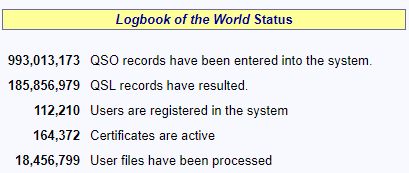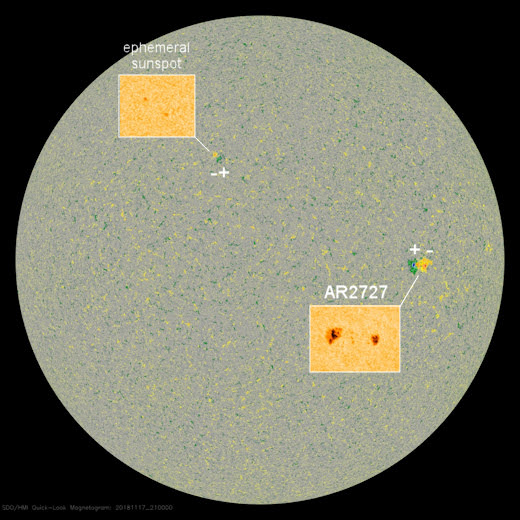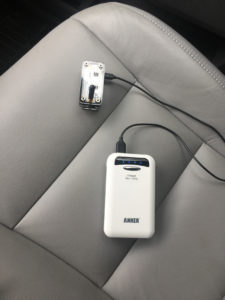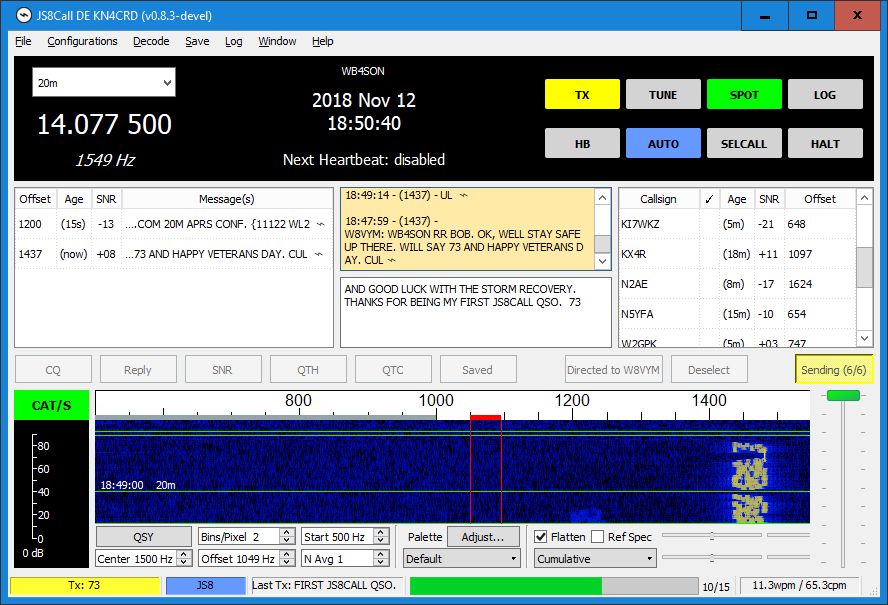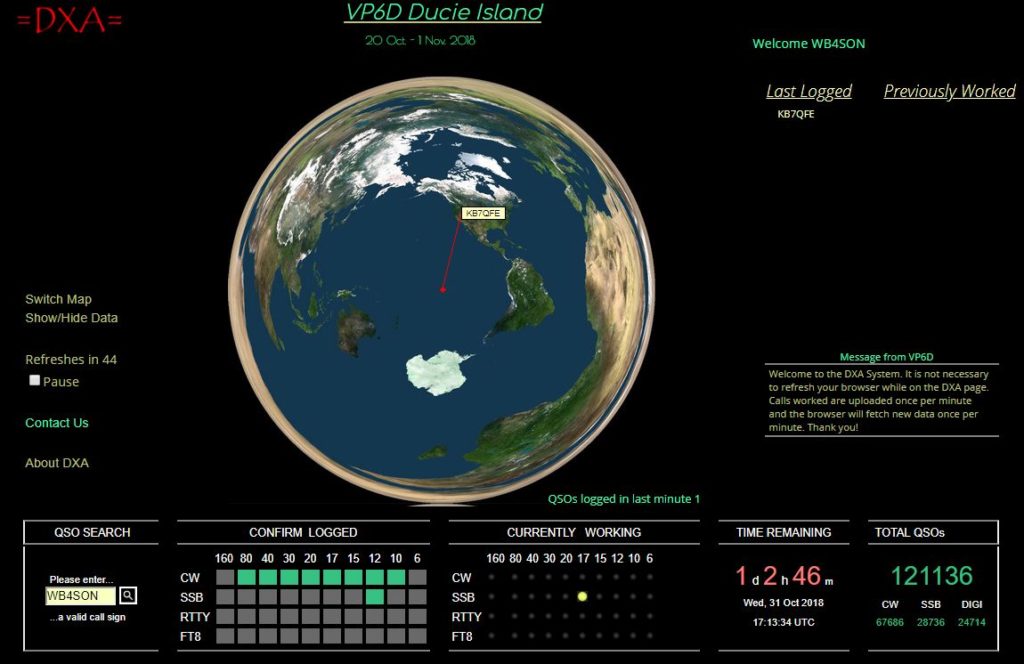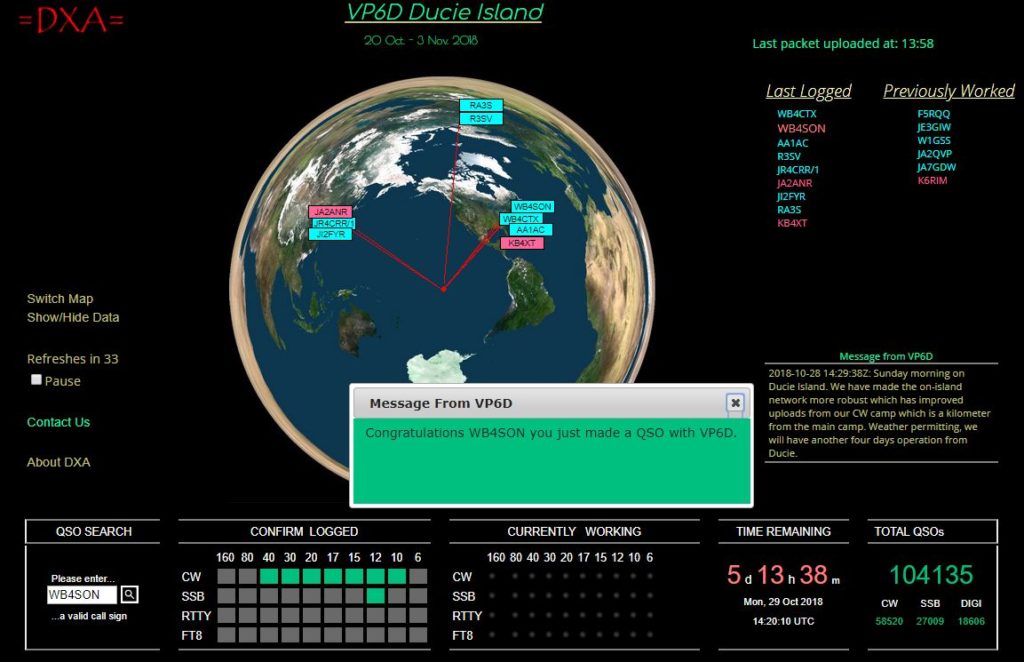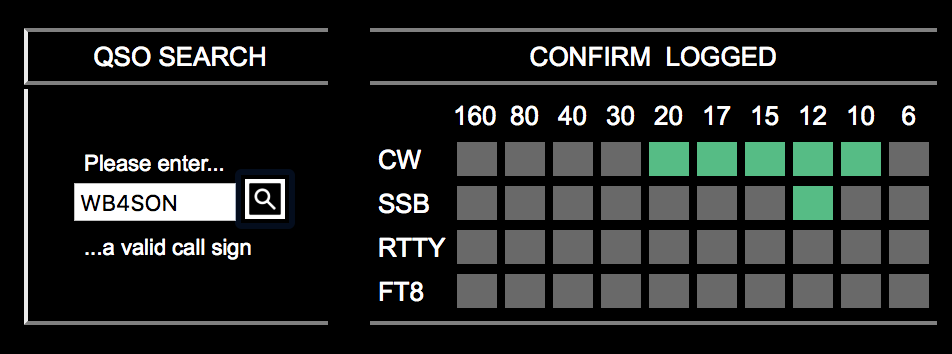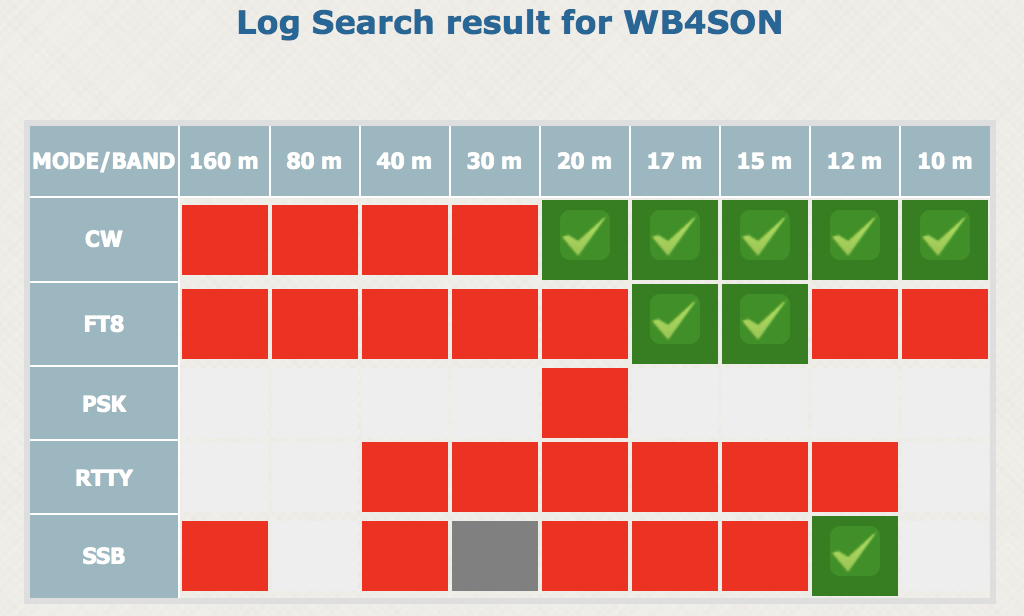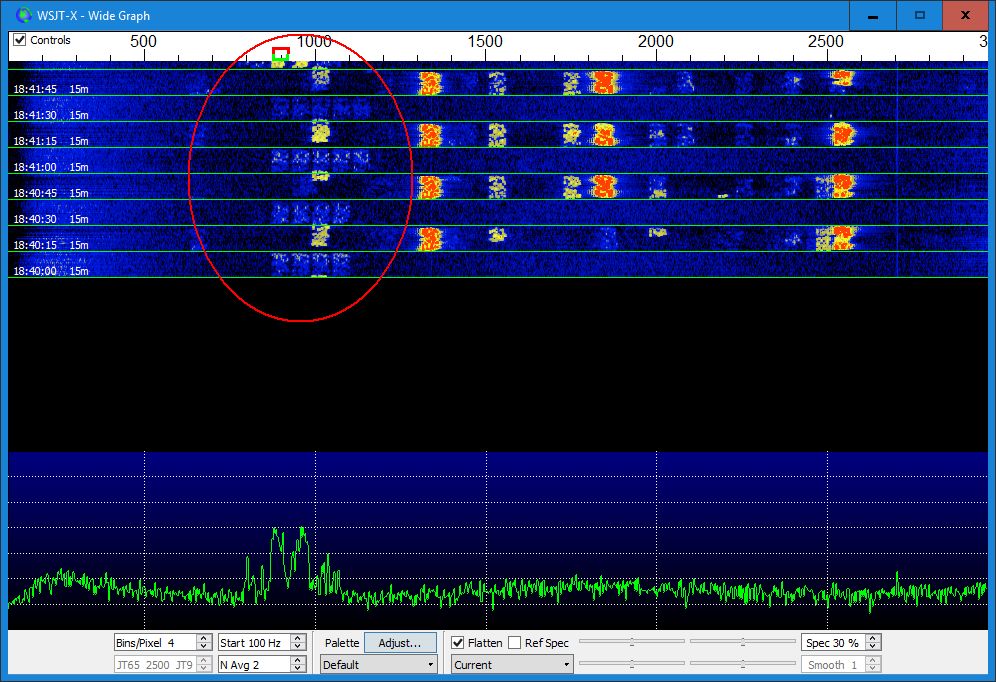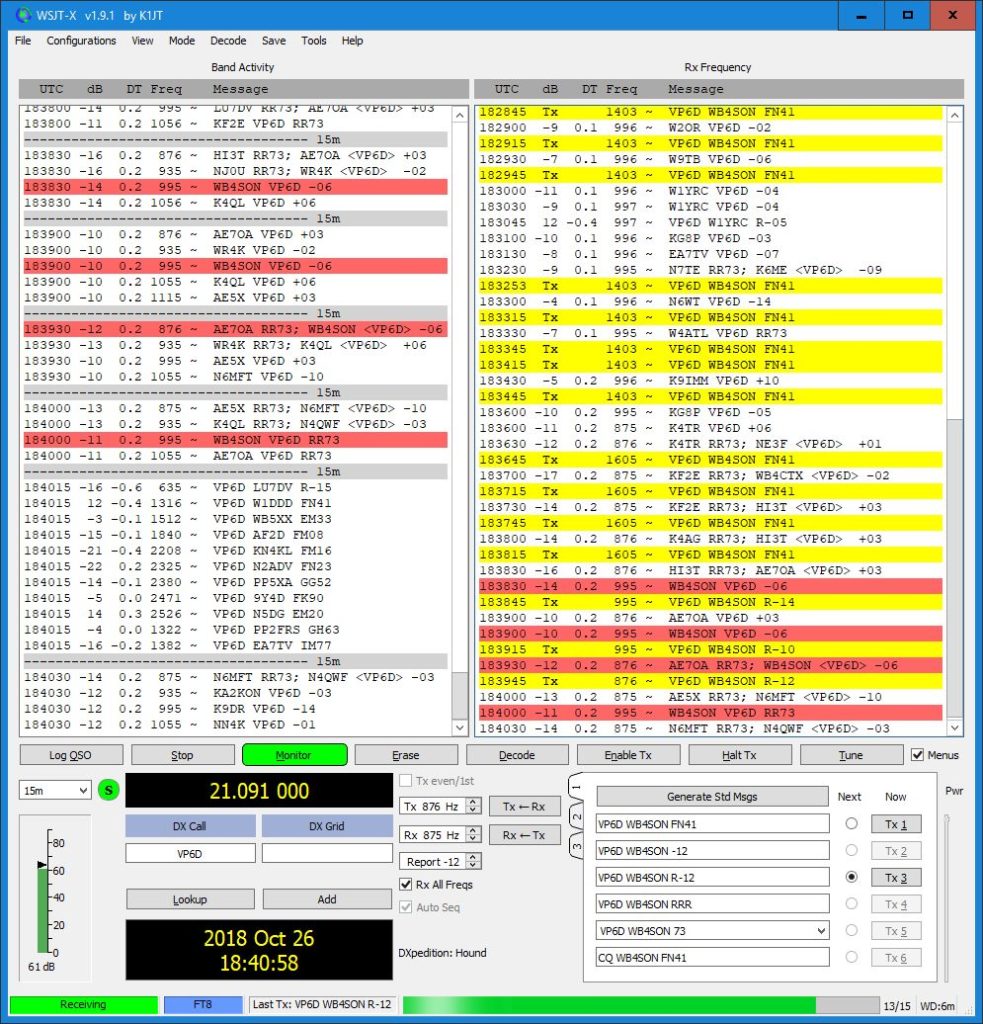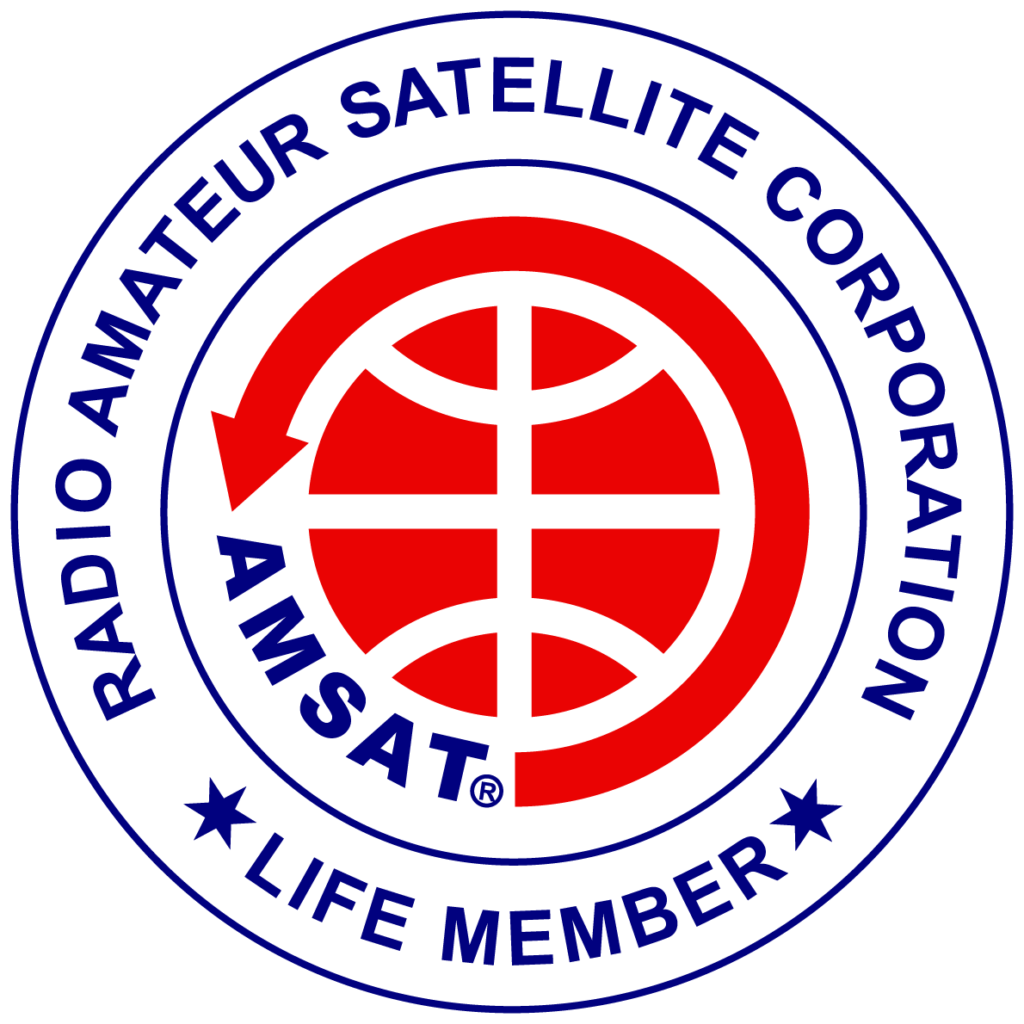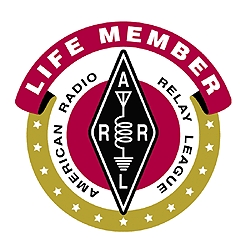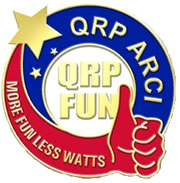AMSAT launched another Fox FM Cubesat, Fox-1Cliff, on December 3. It’s downlink is 145.920 MHz (Uplink 435.300 with a 67.0 Hz tone). The satellite is still being tested and is not available for use yet, but you can easily hear the voice beacon every 2 minutes when it is overhead saying “Fox1-Cliff Safe Mode”.
I noticed that it was due over my area around from 15:37 to 15:49 UTC. I had no problem picking up 4 beacon transmissions from 15:41 to 15:47 UTC. Here is audio from one of them:
Congratulations to AMSAT and the entire Fox Team!
I understand the best-guess object # is 43770, and it is showing up in various tracking programs as Fox1Cliff, AO-95, or object 43770.

